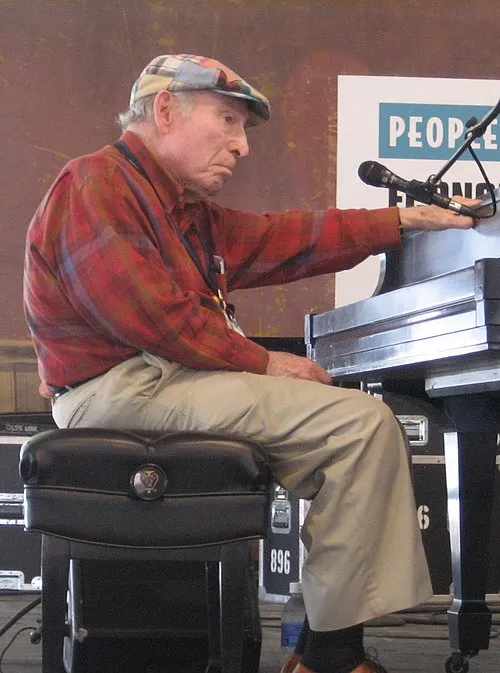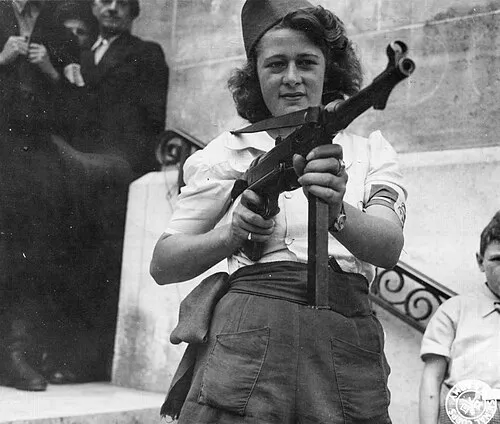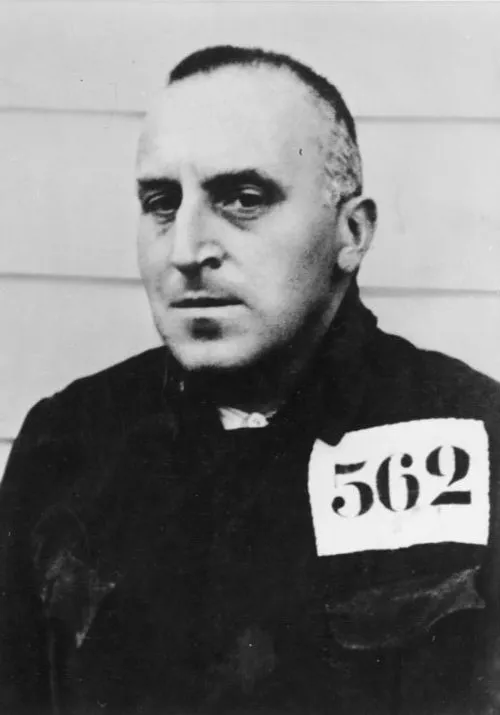
Birth Year: 1928
Nationality: Danish
Profession: Dancer and choreographer
Death Year: 1986
1928 – Erik Bruhn, Danish dancer and choreographer (d. 1986)
Born in 1928, Erik Bruhn emerged from the bustling streets of Copenhagen, where the echoes of dance and art swirled like leaves in the autumn wind. From an early age, it became apparent that he was destined to be more than just a child playing amidst the cobbled paths of his neighborhood; he was a prodigy with a natural affinity for movement, one who would later transform not only his life but also the world of ballet.
However, Bruhn's journey wasn’t all pirouettes and applause. His childhood was marked by an intense desire for freedom a longing that often clashed with societal expectations. Perhaps it was this struggle that fueled his passion; who knows? Maybe those moments spent watching dancers at local theaters ignited a fire within him that would later blaze across stages worldwide.
At just 15 years old, he joined the Royal Danish Ballet as an apprentice. This was no ordinary achievement; it marked the beginning of a career that would see him morph from an eager young dancer into one of ballet’s most revered figures. Ironically, while many young dancers dreamt of performing on stage amid grandeur and luxury, Bruhn found solace in something deeper the artistry behind each movement and the stories they told.
As he trained diligently under notable instructors each lesson shaping his technique and perspective Bruhn's talent quickly became undeniable. His performances were not merely exhibitions of skill but rather emotional experiences that drew audiences into his world. Critics began to take notice; dance aficionados whispered about his extraordinary ability to convey profound emotion through every leap and turn.
Yet it wasn’t until 1946 that Erik truly stepped into the spotlight as a principal dancer with the Royal Danish Ballet. This milestone felt less like an endpoint and more like another beginning one steeped in responsibility and expectation. The pressure weighed heavily on him; despite being gifted with immense talent, perfectionism loomed large over every performance.
The years rolled by quickly! By 1954, Bruhn made waves internationally when he joined American Ballet Theatre (ABT) as a guest artist a move fraught with both excitement and trepidation. The shift from Denmark’s intimate theaters to America’s grand stages posed significant challenges: adapting to different styles while maintaining authenticity proved daunting!
During this period abroad, Erik Bruhn discovered not just new choreographic methods but also cultural disparities in dance interpretation between Europe and America. Yet ironically as he embraced these changes he never lost touch with his roots; instead, he fused traditional techniques with innovative expressions reflecting contemporary themes.
This artistic evolution culminated in remarkable performances: memorable roles such as Albrecht in “Giselle” or Prince Siegfried in “Swan Lake” showcased his breathtaking athleticism alongside haunting emotional depth! Audiences were captivated by how each character seemed to emerge authentically from within him there existed no boundary between performer and performance!
In addition to mesmerizing audiences around the globe through live performances the gravitas of Erik’s influence can be seen even today in dance schools where students study video recordings while aspiring choreographers analyze their work searching for inspiration! It seems fitting then that despite leaving us far too soon in 1986 at age fifty-eight due complications arising from cancer we still feel echoes resonating through time from one whose life embodied artistry itself.
Perhaps one could argue that Bruhn wasn't just any dancer; rather than merely interpreting others' visions on stage he offered insights into humanity's shared experiences! He brought forth characters imbued with genuine emotion capturing both fragility yet strength representing all those who dare pursue their passions relentlessly amidst hardships faced along life's journey!
Inevitably though… whenever brilliance shines brightly there exists shadow: insecurities often follow closely behind it appears Erik struggled openly grappling against self-doubt even after receiving countless accolades throughout successful career spans…
A turning point came during mid-1950s when facing pressures surrounding rising fame led him down darker paths prompting introspection resulting ultimately towards deeper understanding gained concerning himself personally not solely professionally shaping future directions taken afterwards whilst dancing onward! This transitional phase paved way toward exploring choreography where newfound knowledge transformed raw emotions translated onto canvas floors across various productions blended uniquely combining influences garnered throughout early foundations laid initially during training days back home!









